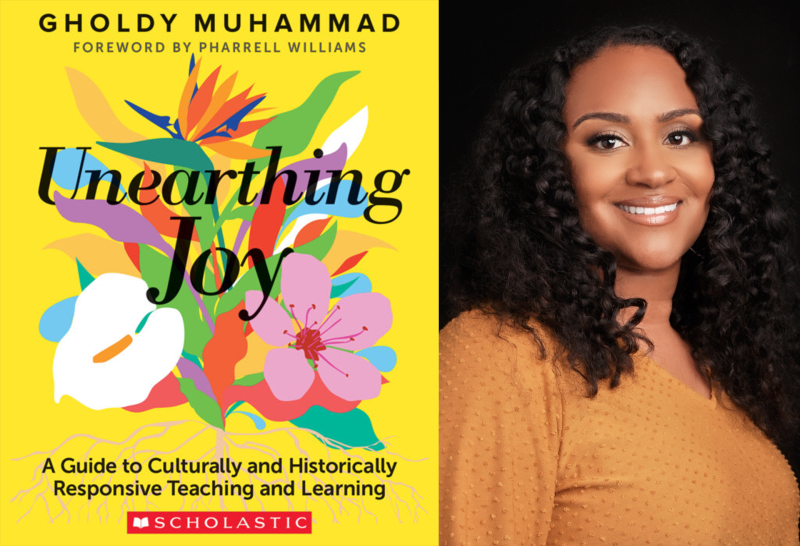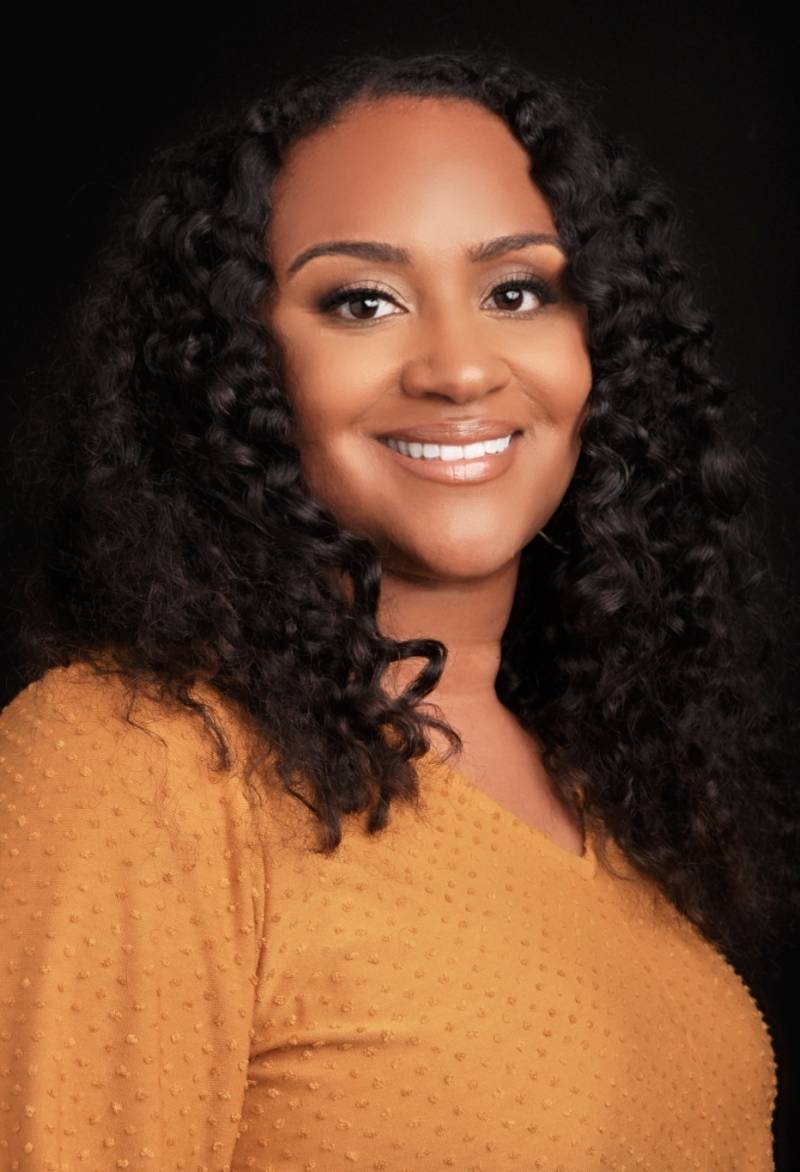TM ® & © Scholastic Inc. All rights reserved. Unearthing Joy © 2023 by Gholdy Muhammad. Published by Scholastic Inc.
Defining the world as curriculum means we must move about and navigate the world and see it as full of opportunities for teaching and learning. Often, I ask teachers to take a walk across any landscape and describe what they see. How can the people, places, lands, objects, animals, and things around them become ideas for teaching and learning? For example, if you were to see a beautiful historic tree with striking buttress roots pushing up from the ground and interweaving with the soil and the trunk, what ideas for teaching and learning might come to mind?
I ask teachers and other developers of curriculum:
- What music and other sounds, paintings, and other visuals, digital creations, and so on do you see and feel? (Art)
- What language, writing, and metaphors do you see and feel? (English Language Arts)
- What examples of fitness and wellness do you see and feel? (Health and Physical Education)
- What representations of numbers, quantities, and space do you see and feel? (Mathematics)
- What branches of knowledge and discovery do you see and feel? (Science)
- What histories and contemporary realities do you see and feel? (Social Studies)
Their responses become ideas to bring into the classroom. My goal is to cultivate curriculum fluency among teachers, meaning the ability to look at anything around them quickly and develop curriculum from it. Just as I want children to develop reading fluency, I want teachers to develop curriculum fluency to come up with ideas expeditiously and with excellence.
Curriculum as Stories and Storytelling
Curriculum defined as stories and storytelling relates to the worthwhile narratives of humanity. Reading, telling, and listening to diverse stories are key to learning in school. We must ask whose stories have been told and taught (and from whose perspectives) and whose stories have not. Stories have a special quality of helping children to (re)member. They can be both real and imagined, and joy is connected to both types. As a reading specialist, I often give diagnostic assessments and find that students typically score higher on comprehension measures when they read narrative passages or texts, compared to informational passages or texts. That may be partly due to the power of stories to linger in our short-term and long-term memories. Stories provide a context for and connection to human lives.



